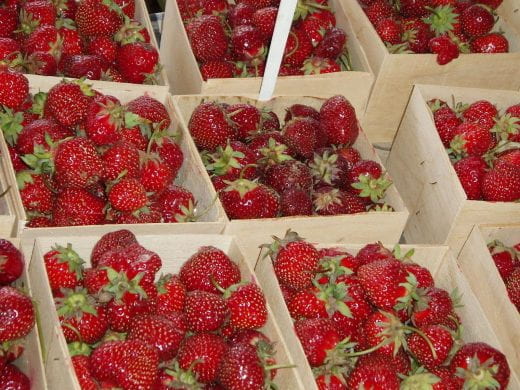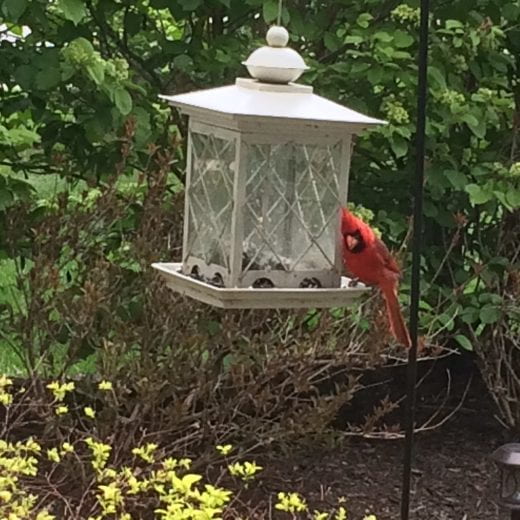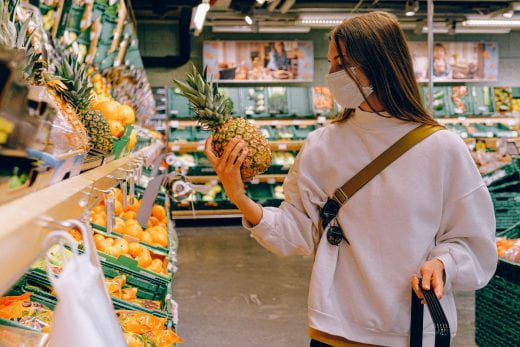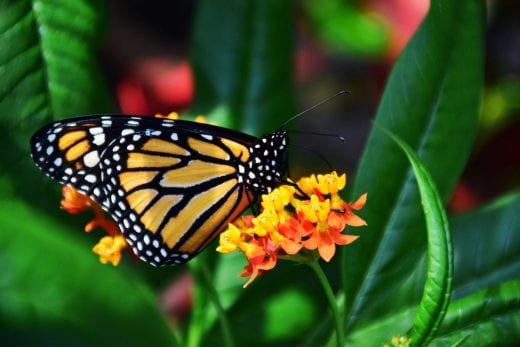In today’s Better Kansas, we highlight strawberries, Medicare counseling, birdwatching, summer weather outlook and drones and robotics in agriculture. This is a small glimpse of what K-State Research and Extension across the state has to offer. Share on social media and subscribe! – Mary Lou Peter mlpeter@ksu.edu
Better Living, Better Communities
 STRAWBERRIES, THOSE YUMMY HEALTH-BOOSTING WONDERS OF NATURE are increasingly showing up in grocery sale ads, farmer’s markets and soon, in home gardens. They’re a great source of manganese and vitamin C, an antioxidant necessary for immune and skin health, plus a good source of folate (vitamin B9) and potassium. I like them in yogurt, but they’re so good on their own and over ice cream. And then there are strawberry pies and jellies! Take a look at Strawberries for great information if you’re growing your own. Also, Preserve it Fresh, Preserve it Safe: Strawberries gives the scoop on freezing and canning, including step-by-step instructions for making strawberry jam and more.
STRAWBERRIES, THOSE YUMMY HEALTH-BOOSTING WONDERS OF NATURE are increasingly showing up in grocery sale ads, farmer’s markets and soon, in home gardens. They’re a great source of manganese and vitamin C, an antioxidant necessary for immune and skin health, plus a good source of folate (vitamin B9) and potassium. I like them in yogurt, but they’re so good on their own and over ice cream. And then there are strawberry pies and jellies! Take a look at Strawberries for great information if you’re growing your own. Also, Preserve it Fresh, Preserve it Safe: Strawberries gives the scoop on freezing and canning, including step-by-step instructions for making strawberry jam and more.
IF YOU’RE ANYWHERE CLOSE TO THE AGE WHERE YOU ARE ELIGIBLE FOR MEDICARE, learning the difference between Parts A & B … and D can be daunting. And then there’s the onslaught of publications and invitations to free seminars about supplemental plan options that insurance companies bombard you with …. I’m told :). K-State Research and Extension agents throughout Kansas are trained as Senior Health Insurance Counseling for Kansas (SHICK) counselors who can work with you, a family member or friend for free to help you determine the best path as you navigate the choices. Click here for a list of extension agents who are trained as SHICK counselors and a map showing where they’re located.
Better Farming, Ranching and Gardening
MOST OF US HAVE SPENT MORE TIME AT HOME LATELY BECAUSE OF COVID-19. When the days tend to blend together in that same space, simple things like taking walks, watching gorgeous sunsets and bird watching can be therapeutic. And feeding those birds is a surefire way to draw a (bird) crowd. Unlike us, it’s safe for them to congregate right now! Check out a series of Backyard Birding Guides on the Geary County extension website for terrific information on bird watching, bird feeding, landscaping for birds and more. It’s fun to see the dynamics between the birds that come to visit – there’s a definite pecking order! I knew a lot of birds like sunflowers, but apparently some, like the Dark-eyed Junco, want their sunflowers hulled … reminds me of some picky eaters I know! That handsome fellow at the feeder and his mate have taken up residency in my back yard.
KANSAS IS A STATE DIVIDED, AGAIN! No, this isn’t about politics or college sports. This time it’s about precipitation. A recent outlook brought to us by the Kansas Weather Data Library indicates that eastern Kansas will likely continue to receive above normal precipitation this summer, while drought is expected to persist in western Kansas, and may intensify. Take a look at the Summer Weather Outlook for Kansas for much more detail and great graphics. By the way, as of May 24, topsoil moisture supplies were rated 8% very short, 15% short, 59% adequate and 18% surplus, according to the USDA’s National Agricultural Statistics Service. Subsoil moisture was 7% very short, 17% short, 66% adequate and 10% surplus. Temperature-wise, we are expected to see warmer-than-normal temperatures for June-August in southwest Kansas, but neutral (equal chance of warmer- or cooler-than-normal) for the rest of the state.
WE’VE HEARD HOW DRONES ARE BEING USED BY THE MILITARY AND ROBOTICS BY MANUFACTURERS, but farmers also are using the technology to help grow the world’s food supply. Take a look at how rovers, robots and drones (aka unmanned aircraft) are being used for insect and drought stress detection and much more in the SEEK Research Magazine. So cool that a rover can detect insects in a field of sorghum, for instance, and spray only in the area where it’s needed. That way, less chemicals are used than if spraying a whole field – win-win for the farmer’s costs and the environment.
_
For more resources and activities, contact the K-State Research and Extension office in your area. Check out our other blogs and subscribe to our weekly emails here: https://www.ksre.k-state.edu/news/blogs/





















